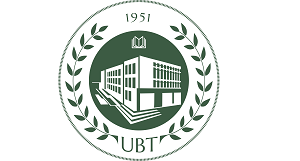Hajredin Toca*; Hekuran Vrapi, Thanas Ruci
Department of Plant Protection, Faculty of Agriculture and Environment, Agricultural University of Tirana, Kodër Kamëz, Tirana, Albania,
*Corresponding author: E-mail: hajredintoca@yahoo.com
Abstract
The susceptibility/ resistance ratio to diseases is not considered as a key-criterion in peach breeding programs. Even if the turn-over of peach cultivars is important, suitability for organic and low-input systems remains unknown for most of the cultivars. Leaf curl of peach and nectarine, caused by Taphrina deformans (Berk.) Tul, is a difficult disease to control throughout Albania. Heavily infected fruit trees are poorly nourished, develop fewer flower buds, and are more easily damaged from freezing in winter. In this research, the behavior (susceptibility/resistance) of 2 peach and 2 nectarine varieties to leaf curl disease was investigated in ecological conditions of Tirane, Albania province in 2016. Disease severity was calculated by the 0-5 scale when typical symptoms of leaf curl were evaluated on peach and nectarine leaves in naturally infected orchards. From the observation data we can see that in the method where we use PMB to protect the peach from leaf curl (Taphrina deformans), index of this disease (Imc-ja in%) varies from 2% in Royal Black cultivar to 3.33% in cultivar Black and with control ranging from 38% in Roajal Black cultivar and up to 48 667% in cultivar Venus. Results are truly alluring and method in biological treatments where infection levels (Imc-in%) ranged from 12 667% in Royal Black cultivar until 20:33% in Red Star cultivars.
Keywords: Peach, organic, cultivar, quality, Taphrina deformans

